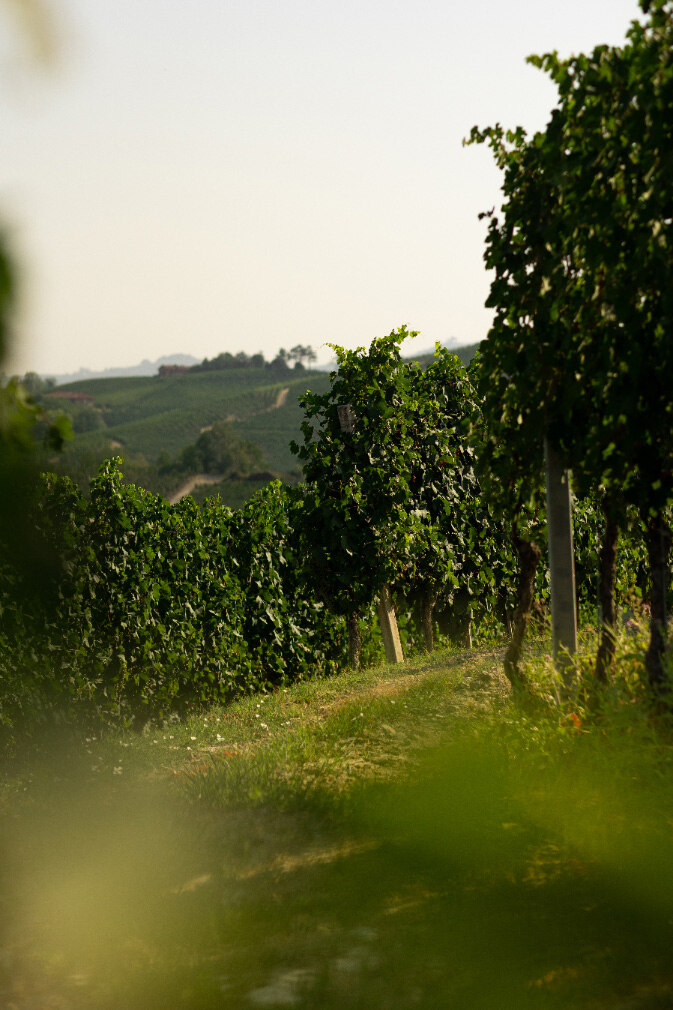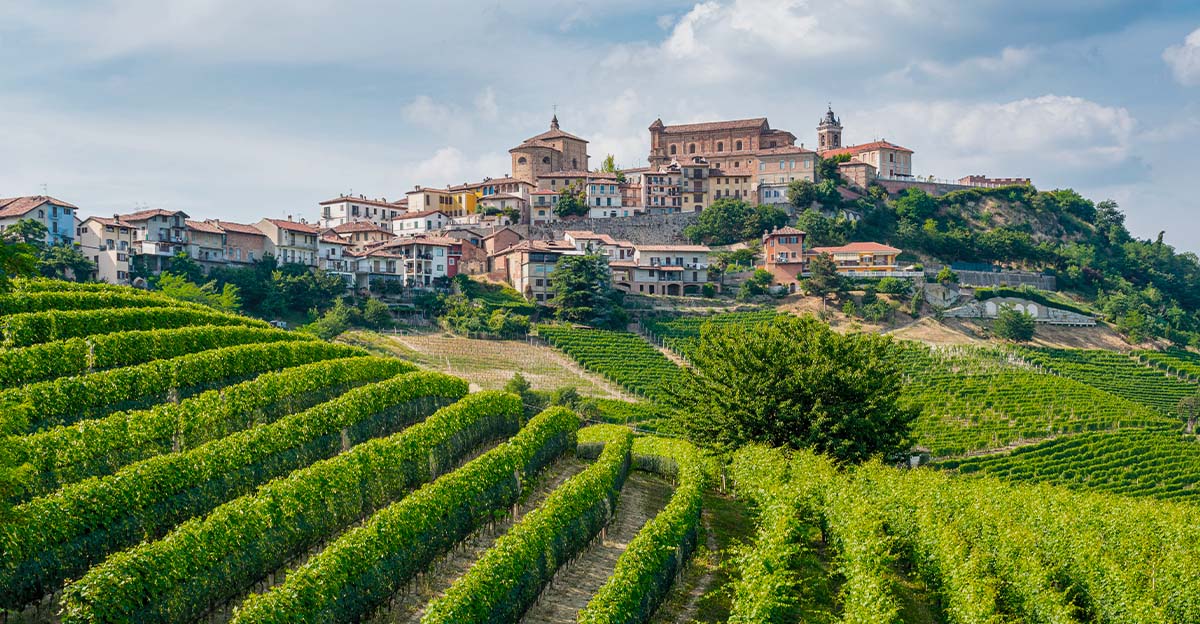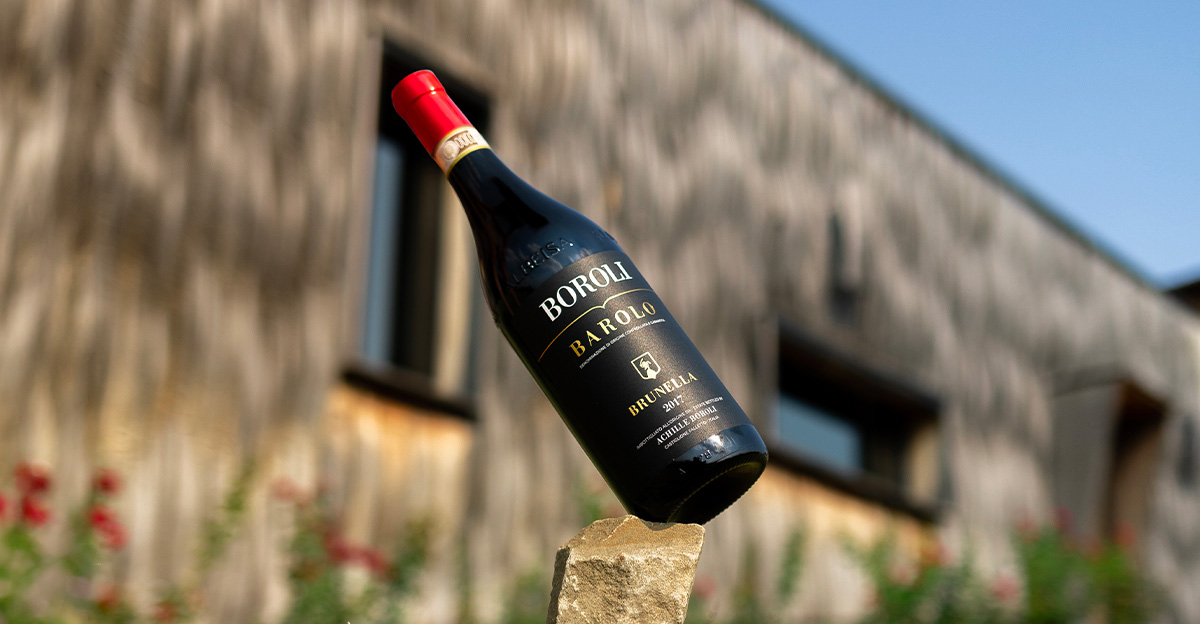Guyot pruning is a type of vine breeding invented by Dr. Jules Guyot in the mid-19th century. Through this system, it is possible to modify and improve the growth of the plant and its fruit to suit the purposes for which it is grown.
Vine breeding systems are various, each with different characteristics. The choice of breeding technique, depends, in fact, on the use that will be made of the cultivation itself. Guyot pruning, for example, is applied for vineyards that produce grapes destined for winemaking. Let’s explore all the particulars in more detail below.
Vine pruning: everything you need to know
Vine pruning is one of the most important steps for good grape production. Among the different pruning methods that can be done during the year, winter pruning is the most important for the development of cultivation. It is called dry pruning and is usually done between leaf fall and plant recovery.
The first pruning that is done is called ” breeding”, which is used to give the shape and growth structure to the vineyard. The shape that is chosen is then kept through production pruning.
Here are the main types of vine breeding in Itly:
- Guyot
- Goblet
- Pergola
- Spur pruning
The first vine breeding cut is usually made in the winter following the planting; during this operation, the shoot with the greatest vigor is chosen and shortened to 2-3 buds, while the other shoots are eliminated.
This operation will allow the plant to form roots and properly grow the shoots that arise from the buds of the chosen branch.
Next, the production pruning related to the chosen breeding is carried out. In the vine, the most productive buds are the main ones inserted on the node.






